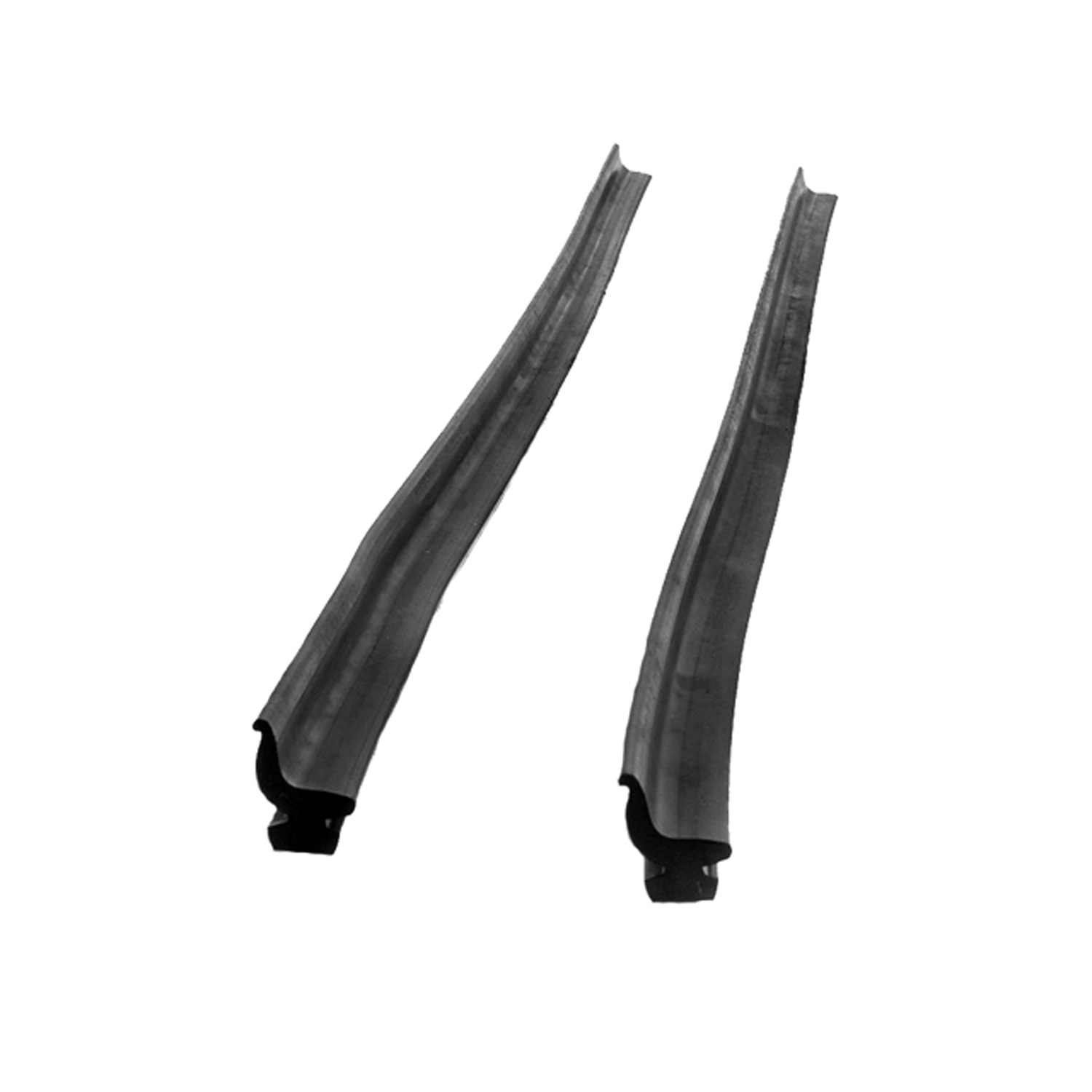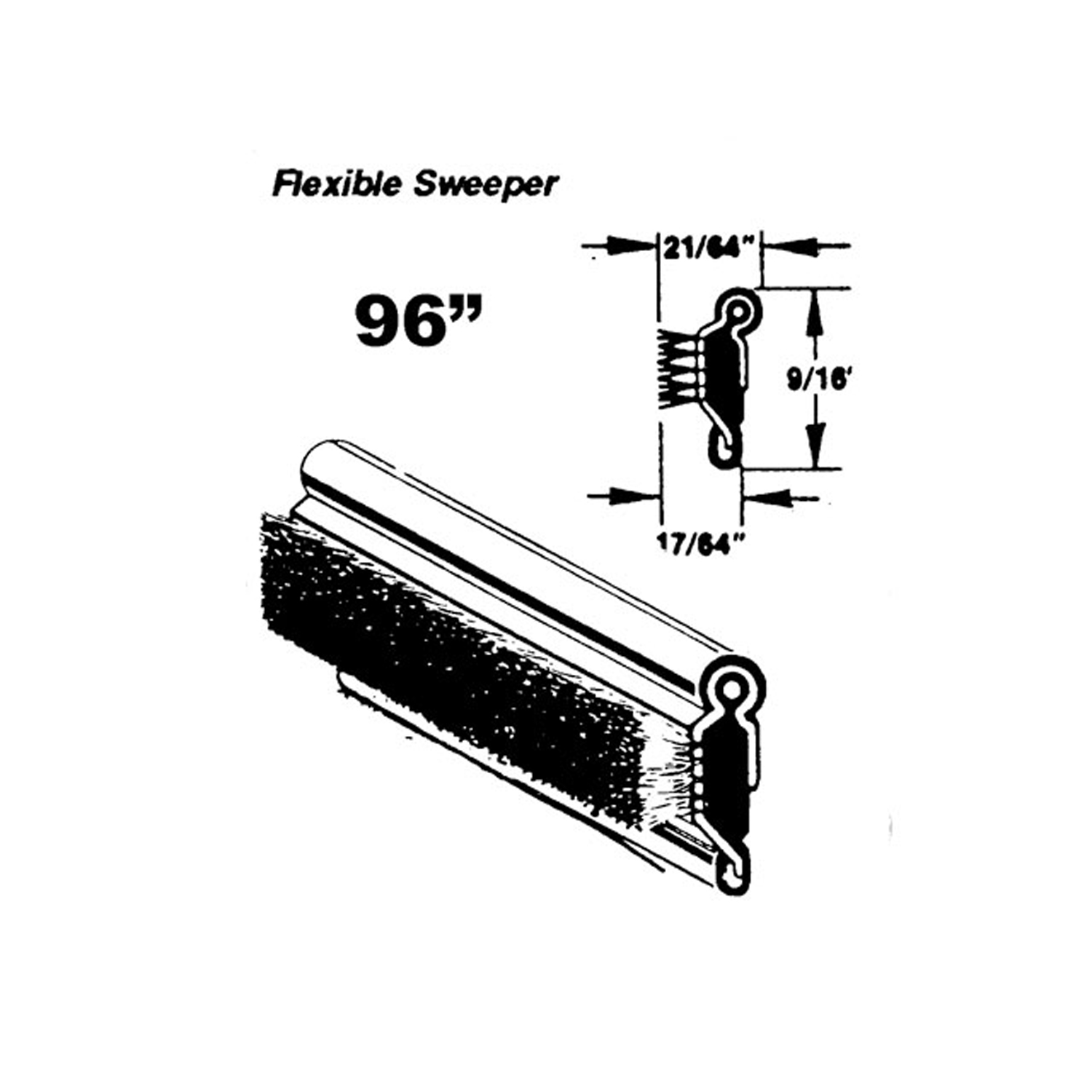Image of 1952 Ford Crestline, Note: These illustrations use artistic license and may differ from actual historical models.
Performance Metrics
Fundamental Metrics
Emotional Appeal
MMP Rating
| Engine Specifications | |
|---|---|
| Engine: | Flathead V8 |
| Displacement: | 239 cubic inches |
| Horsepower: | Estimated 100-110 hp |
| Torque: | 200 lb-ft |
| Compression Ratio: | Estimated 6.8:1 |
| Ignition System: | Distributor and coil |
| Cooling System: | Water-cooled |
| Performance Specifications | |
| 0-60 Time: | Estimated 15-20 seconds |
| 1/4 Mile Time: | Not available |
| Top Speed: | 80-85 mph |
| Transmission and Drive | |
| Drive Type: | Rear-wheel drive |
| Transmission Type: | 3-speed manual |
| Fuel and Efficiency | |
| Fuel System Type: | Carburetor |
| MPG: | Estimated 15-20 mpg |
| Dimensions and Brakes | |
| Brakes: | Drum brakes |
| Wheelbase: | 115 inches |
| Weight: | Estimated 3,200 lbs |
Note: Specifications for classic cars are given to the best of our ability, considering the limited and variant data available.
1952 Ford Crestline: A Testament to Post-War Automotive Elegance
The 1952 Ford Crestline stands as a shining example of American automotive design in the early post-war era. Born from the assembly lines of the Ford Motor Company, this vehicle not only captured the hearts of the 1950s consumer but also marked a significant transition in automotive history. At a time when car manufacturers were shifting from wartime production back to consumer goods, the Crestline emerged as a symbol of prosperity and technological advancement. An intriguing fact about this model is that it was one of the first to offer a factory-installed sunroof, which Ford branded as the "Sunliner," adding an extra touch of luxury and innovation.
Design and Innovation
The exterior styling of the 1952 Ford Crestline was a harmonious blend of functionality and flair. Its sleek, chrome-trimmed grille and integrated fender design exuded a sense of motion even at a standstill. The vehicle's silhouette was accentuated by smooth lines that flowed from front to rear, culminating in subtle tail fins that would become more pronounced in later models. Inside, occupants were greeted with high-quality fabrics and an attention to detail that promised comfort and durability. The dashboard boasted a modern layout for its time, with gauges and controls within easy reach.
Technological features such as Fordomatic automatic transmission and an optional radio were cutting-edge, offering drivers both convenience and entertainment. Color options ranged from Raven Black to Sea Island Green, with Niagara Blue being among the most popular choices for its eye-catching appeal. Body styles included the two-door coupe, four-door sedan, and the convertible Sunliner, with the latter often stealing the spotlight for its open-air driving experience.
Historical Significance
The 1952 Crestline's impact on automotive design was profound. It helped set a new standard for post-war luxury in an accessible family car. Its blend of style, comfort, and technology pushed competitors to elevate their offerings, thereby influencing the direction of automotive development throughout the decade.
Performance and Handling
Underneath its polished hood lay a 239 cubic inch Flathead V8 engine that delivered around 110 horsepower. While not designed as a sports car, it achieved respectable top speeds and could go from 0-60 mph in a leisurely but steady pace. The Crestline's suspension handled bumps with grace, providing a smooth ride emblematic of its era. Drivers often reported a sense of reliability and sturdiness during drives, with the thrum of its V8 being music to any auto enthusiast's ears.
Ownership Experience
The 1952 Ford Crestline served various roles from daily transportation to weekend show car indulgence. Its robust engineering meant that maintenance was straightforward for those familiar with basic mechanics. However, like many vehicles of its time, it required more frequent attention than modern cars.
Fun Facts
A lesser-known tidbit about the Crestline is that it occasionally found itself on racetracks in stock car events before purpose-built race cars became the norm. While not common criticisms per se, some enthusiasts felt that its conservative performance held back what could have been an even more exciting driving machine.
Collector's Information
Today, collectors cherish the 1952 Ford Crestline for its nostalgic charm and historical value. Estimates suggest that tens of thousands were produced during its run; however, surviving examples in pristine condition are considerably rarer. Values can range significantly based on condition, with well-maintained Sunliners fetching higher prices due to their desirability among collectors.
Conclusion
In retrospect, the 1952 Ford Crestline is more than just a classic car; it's a piece of American history on wheels. It encapsulates an era where design met desire on the open road—a testament to innovation during America's golden age of automobiles.
1952 Ford Crestline Catalog of Parts
 1952 Ford Crestline Spring and Shackle Bushing. 7/8" bottom O.D-BN 19Spring and Shackle Bushing. 7/8" bottom O.D. X 1-1/4" high, with 1/2" I.D. Each
1952 Ford Crestline Spring and Shackle Bushing. 7/8" bottom O.D-BN 19Spring and Shackle Bushing. 7/8" bottom O.D. X 1-1/4" high, with 1/2" I.D. Each 1952 Ford Crestline Shock Absorber Grommet. 1" bottom O.D-BN 6Shock Absorber Grommet. 1" bottom O.D. X 1/2" high, with 3/8" I.D. Each
1952 Ford Crestline Shock Absorber Grommet. 1" bottom O.D-BN 6Shock Absorber Grommet. 1" bottom O.D. X 1/2" high, with 3/8" I.D. Each 1952 Ford Crestline Clutch and Brake Pedal Pads-CB 90-BClutch and Brake Pedal Pads. For models with standard transmission. 2-1/4" wide X 3-1/4" long. Pair
1952 Ford Crestline Clutch and Brake Pedal Pads-CB 90-BClutch and Brake Pedal Pads. For models with standard transmission. 2-1/4" wide X 3-1/4" long. Pair 1952 Ford Crestline Brake Pedal Pad. Correct reproduction of a difficult part-CB 90-CBrake Pedal Pad. Correct reproduction of a difficult part. 2-1/2" wide X 4-1/2" long. Each
1952 Ford Crestline Brake Pedal Pad. Correct reproduction of a difficult part-CB 90-CBrake Pedal Pad. Correct reproduction of a difficult part. 2-1/2" wide X 4-1/2" long. Each 1952 Ford Crestline Hood Bumper. Each-HF 8Hood Bumper. Each
1952 Ford Crestline Hood Bumper. Each-HF 8Hood Bumper. Each 1952 Ford Crestline Door Handle Pads. 2-1/2" long & 1-1/2" long. Set R&L-MP 716Door Handle Pads. 2-1/2" long & 1-1/2" long. Set R&L
1952 Ford Crestline Door Handle Pads. 2-1/2" long & 1-1/2" long. Set R&L-MP 716Door Handle Pads. 2-1/2" long & 1-1/2" long. Set R&L 1952 Ford Crestline Tail-light Pads. 6-1/2" O.D. Pair-MP 785Tail-light Pads. 6-1/2" O.D. Pair
1952 Ford Crestline Tail-light Pads. 6-1/2" O.D. Pair-MP 785Tail-light Pads. 6-1/2" O.D. Pair 1952 Ford Crestline Clutch and Brake Arm Bumpers. Top quality reproduction-RP 31-KClutch and Brake Arm Bumpers. Top quality reproduction. Pair
1952 Ford Crestline Clutch and Brake Arm Bumpers. Top quality reproduction-RP 31-KClutch and Brake Arm Bumpers. Top quality reproduction. Pair 1952 Ford Crestline Hood Bumpers. 3/8" O.D., 3/4" Long. Set of four-SB 900Hood Bumpers. 3/8" O.D., 3/4" Long. Set of four
1952 Ford Crestline Hood Bumpers. 3/8" O.D., 3/4" Long. Set of four-SB 900Hood Bumpers. 3/8" O.D., 3/4" Long. Set of four 1952 Ford Crestline Rear roll-up Seal. Two 18" sections sliced into metal track-VS 4Rear roll-up Seal. Two 18" sections sliced into metal track. this foot with no steel insert. Pair
1952 Ford Crestline Rear roll-up Seal. Two 18" sections sliced into metal track-VS 4Rear roll-up Seal. Two 18" sections sliced into metal track. this foot with no steel insert. Pair 1952 Ford Crestline Vertical Seals for Vent Window. Each piece is 17" long-VS 6Vertical Seals for Vent Window. Each piece is 17" long. Pair
1952 Ford Crestline Vertical Seals for Vent Window. Each piece is 17" long-VS 6Vertical Seals for Vent Window. Each piece is 17" long. Pair 1952 Ford Crestline Vertical Seal for Vent Window. Sold by the foot.-VS 6/FTVertical Seal for Vent Window. Sold by the foot.
1952 Ford Crestline Vertical Seal for Vent Window. Sold by the foot.-VS 6/FTVertical Seal for Vent Window. Sold by the foot. 1952 Ford Crestline Flexible window sweeper. Made with stainless steel bead-WC 7-96Flexible window sweeper. Made with stainless steel bead. 96 in. long. Each. NOTE: $20 special shipping charge applies for domestic orders. Call or email for overseas shipping costs. Part can be sectioned in two or three equal lengths to reduce overseas shipping costs.
1952 Ford Crestline Flexible window sweeper. Made with stainless steel bead-WC 7-96Flexible window sweeper. Made with stainless steel bead. 96 in. long. Each. NOTE: $20 special shipping charge applies for domestic orders. Call or email for overseas shipping costs. Part can be sectioned in two or three equal lengths to reduce overseas shipping costs. 1952 Ford Crestline Front Suspension Bumper. For lower arm. 2" O.D-XB 22Front Suspension Bumper. For lower arm. 2" O.D., 2-1/8" high. Each
1952 Ford Crestline Front Suspension Bumper. For lower arm. 2" O.D-XB 22Front Suspension Bumper. For lower arm. 2" O.D., 2-1/8" high. EachWhy Choose Metro?
For over 100 years, Metro Moulded Parts has been the pinnacle of quality in classic car restoration parts. Our commitment to precision and authenticity in every component ensures a perfect fit and an OEM-level appearance.
- Expert Craftsmanship & Quality: Each part is a testament to our dedication to reliability and perfection, crafted from original designs and thoroughly tested.
- Advanced Technology: We use cutting-edge techniques to create flawless, long-lasting parts that surpass others in performance.
- SuperSoft Sponge – The Ultimate Door Seal: Not only are our door seals 30% softer than competitors', but they're also guaranteed to never leak. They effectively reduce wind and road noise, enhancing your classic car's comfort and driving experience.
- Proudly American: Our parts are a product of American craftsmanship, made in the USA with a spirit of excellence and heritage.
- Unrivaled Warranty: We back our products with a 30-year industry-leading warranty, a testament to our confidence in their quality.
Join us in preserving the legacy of classic cars with parts that are crafted for perfection, not just made.

